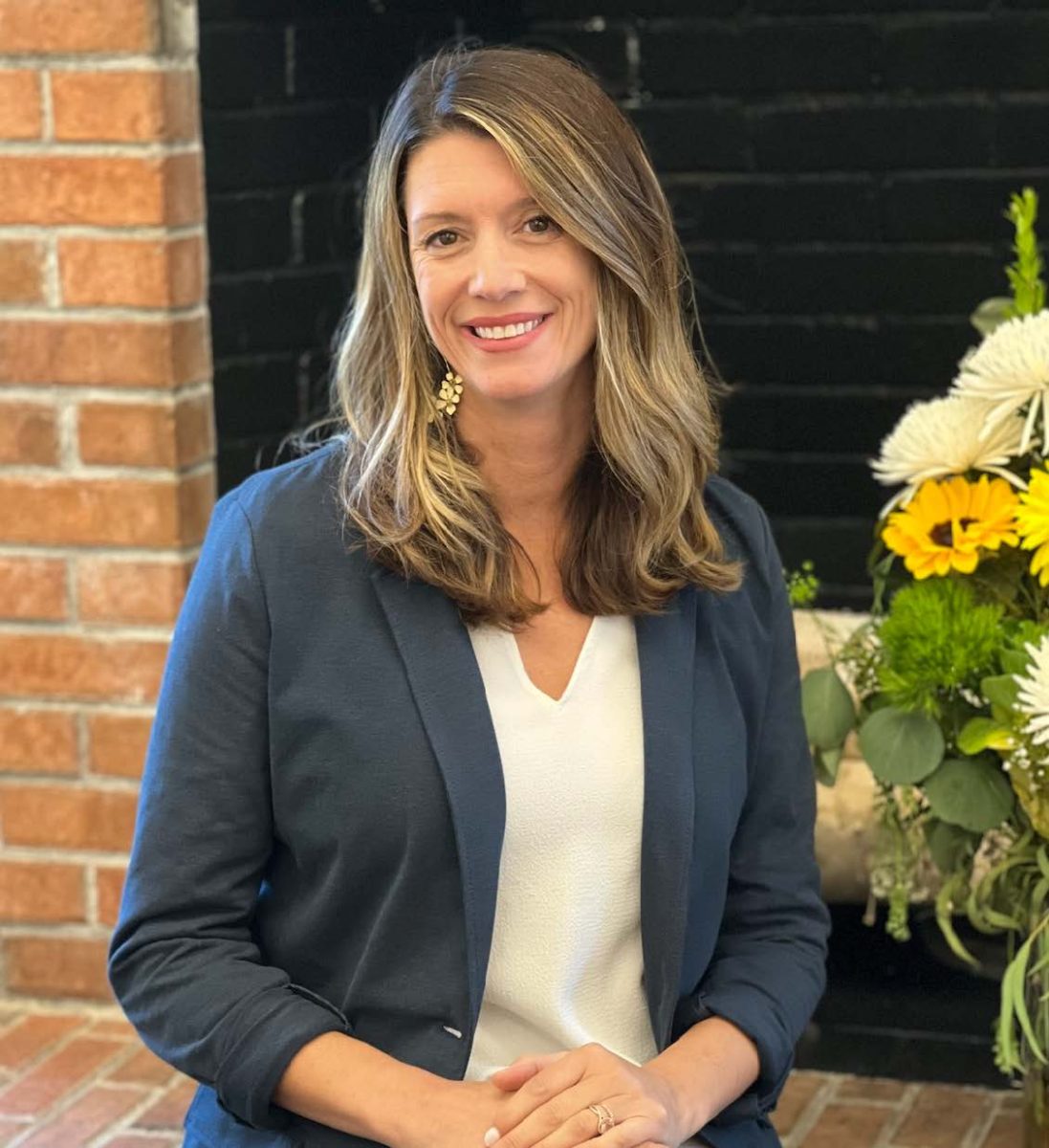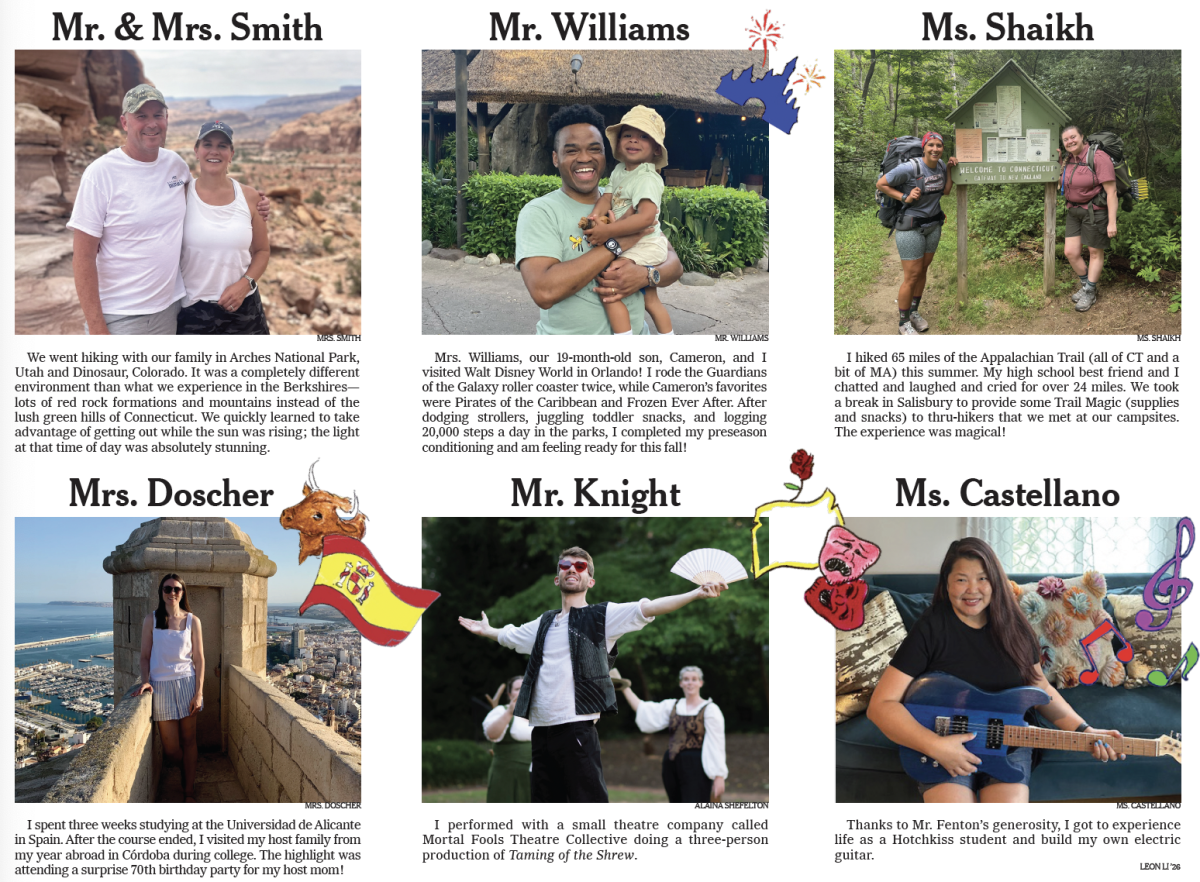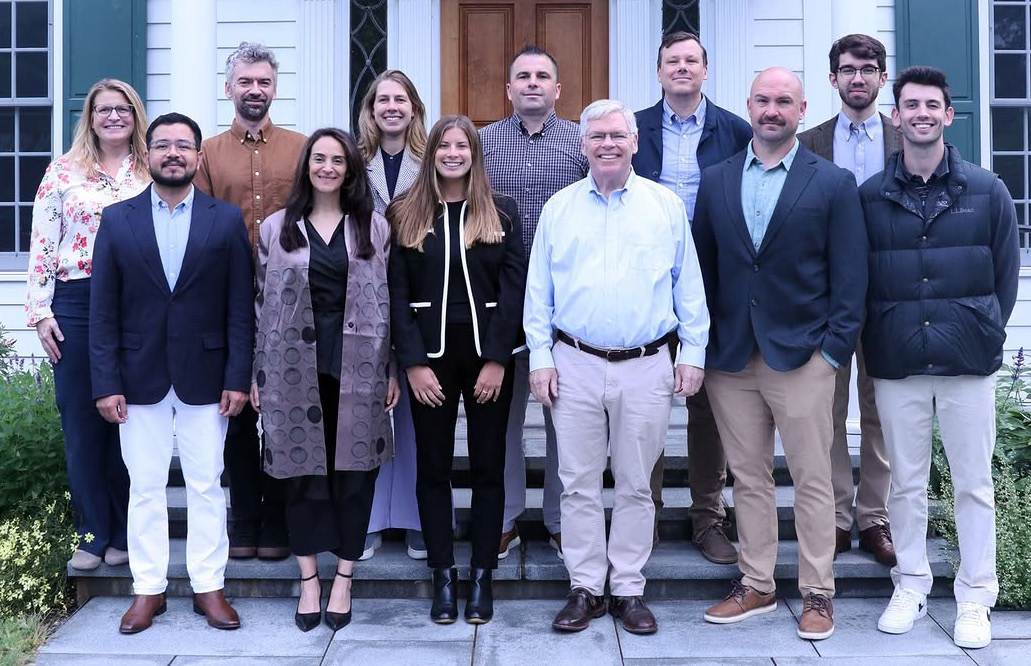First held in 1996, Eco Day is designed to showcase our school’s dedication to the environment.
This year, Eco Day took place on Thursday, April 24. Students engaged in thirty-three workshops throughout the day.
Agnes DeSouza ’28 sat down with faculty facilitators to discuss their workshops.

Trout Unlimited
Led by Mr. Charlie Frankenbach, instructor in English, the Trout Unlimited workshop educated students on protecting freshwater streams and appreciating wild trout and salmon.
The workshop was inspired by the Trout Unlimited Salmon Kill Project, which has a deep history with the school. The project works to restore instream habitats over 1.8 miles of Salmon Kill Creek–a small tributary of the Housatonic River. Over the past few years, students have planted thousands of trees and shrubs along the Salmon Kill
This year, the Trout Unlimited workshop’s new initiative was to take a cohort of students to do more planting in the Lime Rock section. Mr. Frankenbach said, “We have been doing this work for nearly a decade. We hoped students would want to get their hands dirty, learn about grassroots efforts to help local watersheds, and eat a donut or two!”

Tie-Dye
Ms. Beth Smithey, instructor in science, and Mrs. Jane Herold, study skills coordinator, led “Getting Groovy,” a tie- dye workshop. In two separate sessions, students upcycled last year’s Eco Day shirts by dyeing them colorful patterns. In order for the dye to spread into tie-dye’s signature ombre, students first had to soak the shirts. Then, attendees used rubber bands to shape the cloth into folds that would create intricate designs once unravelled. To bind the dye, the shirts were microwaved in take-out containers. Finally, students laid their shirts out in the sun to dry so they could wear them the next day.
Bea Yorke ’26, who attended the morning session, said, “It was really fun to spend time with my friends and get to leave the workshop with a tactile representation of my work.”
For the rest of the day, colorful shirts brightened campus lawns as they dried.

Cyanotype Photos
In the Nature-Inspired Cyanotype Workshop, Mr. Greg Lock, director of photography, helped students create cyanotype prints using sunlight and natural materials found along the lakeshore. Cyanotypes are a photographic printing process that produce rich blue images without requiring a camera. The process consists of exposing papers to UV light before washing them with water to create cyanotype prints. Students collected leaves and other natural items to place on the sheets. The areas blocked by these objects remained white after developing in water.
Mr. Lock was inspired to start this workshop by a desire to connect light, nature, and image-making in a slow and reflective way. He said, “Students didn’t need any prior experience, only curiosity about natural processes and a willingness to experiment. It was ideal for those who enjoy being outside and observing the textures of the natural world.”

Farm to Table
Students gathered in Fairfield Farm’s Grange to carve chicken, bake biscuits, and learn more about chicken farming.
Mr. Mike Webster, general manager of dining services, kicked off the workshop with a chicken butchery tutorial, explaining different parts of the bird and their uses in cooking. Some students put their cutting skills to the test while others worked to make buttermilk biscuits from scratch. Students also visited the farm’s chicken coop. The school’s flock provides meat and eggs for the dining hall. In total, the school consumes 35,000 pounds of chicken per year.
Students met some of the birds and learned about the differences between chickens bred for egg vs. meat production. Chloe Elkareh ’26 said, “I was shocked to learn that chickens raised in mass meat production facilities only live for around three to four weeks.”
The workshop came to an end as students enjoyed a chicken and biscuit breakfast on the Grange’s back porch.

Recycled Fabric Art
The Fabric Art With Recycled Materials workshop was led by Ms. Marcie Wistar, director of student activities & clubs, and Ms. Christine Owens, instructor in ceramics. This workshop allowed students to use fabric scraps to decorate bags with self-designed appliques. Ms. Wistar said, “Sewing gives you a way to use something old and turn it into something new and beautiful!”
Ms. Wistar said, “Last year, I worked with Ms. Lisa Fenton, learning specialist, to make the large- scale appliqué fabric art that hangs outside the TLC.”
This year students started projects during the workshop and took supplies to complete them on their own time. Ms. Wistar said, “Students could make whatever they wanted, as long as they could sew it onto a tote bag. The challenge for students was thinking of an initial design, and then figuring out how and which fabric pieces could replicate the design they wanted.”





